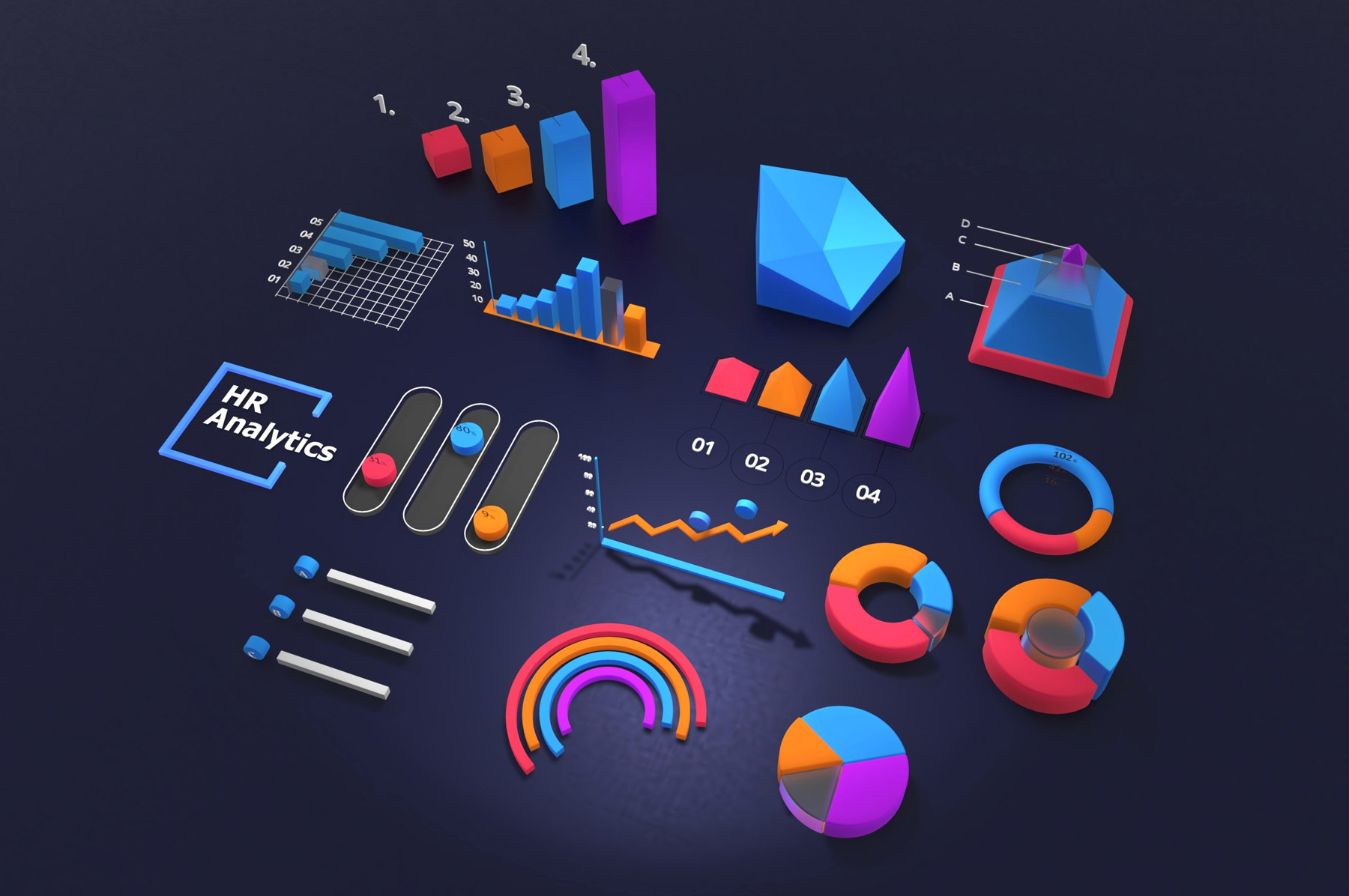Take a minute to think about how you make some of your everyday decisions.
When you’re deciding what to wear, you might check the weather forecast to decide between a raincoat or a pair of shorts.
Even when you go out to eat, you’ll probably look at a restaurant’s reviews to decide where to go.
What do all these things have in common? Analysing data to make a good decision.
That’s where HR analytics comes in – it helps you make great business decisions.
So, what is HR analytics?
People analytics, workforce analytics, HR analytics – all different names for the same thing.
Very simply, it involves collecting data, analysing it, and reporting it, to help you measure the impact of your HR metrics on business performance.
It’s a data-driven approach to HR.
And that’s good because it means you can be more strategic in your approach to just about everything. Your decisions aren’t based on gut feeling alone, and you can see exactly how effective policies and actions are in practice.
Whether you realise it or not, HR collects a lot of data. This data can tell you a lot. It can answer loads of questions you’ve probably had and help make positive changes when it comes to your team.
For example, you likely know what your employee turnover is, but do you know what percentage of that is regretted loss? And could you tell me which of your current employees is most likely to leave in the coming year?
I doubt it.
Because, while HR departments collect and store records on just about everything people-related, it’s rare for them to go back and analyse this information.
When you analyse your data, you can learn things like how employee engagement impacts turnover, the effectiveness of learning and development schemes, and even which new hires will become your star performers.
In turn, that can improve engagement strategies, learning and development policies, and even your recruitment processes. And that can help you retain the right people for longer, help them develop in the right ways with the most effective training, and hire the right people first time.
Where do you start?
Well, simply put, to get your answers you need to ask the right questions. But before you do that, you need to make sure you’re collecting the right data in the first place.
A lot of this information will come from standard HR practices. Things like keeping absence records, annual engagement surveys, and performance data all help.
And when you record all this data, you’re able to track the relationships between people’s abilities and organisational outcomes.
Then you start to ask the right questions – and they should be based on things your HR department can have an impact on.
Perhaps you could look at which employees have the most potential for progression. Maybe you want to look at how engagement impacts absenteeism.
It’s worth noting that not all insights will be valuable or even very interesting. But the key is to ask the right questions if you want actionable insights. And the right questions can lead to outcomes you can have an influence over.
How can HR analytics help the wider business?
It allows your HR department to become a strategic partner, on top of everything else they do. It makes it easier to align your HR strategy with your business goals, taking away the guesswork and really adding more value to the wider business.
